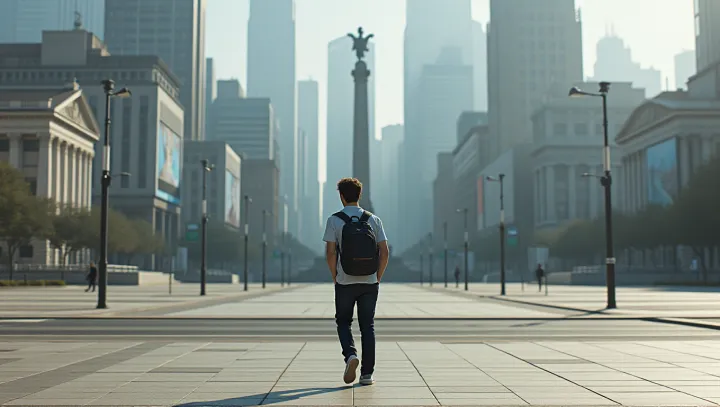Can Walking Strategies Save Our Lonely Cities?

Amidst the serene silence of Silent City, a unique strategy is taking shape to address the pervasive sense of urban loneliness. This initiative invites residents and visitors to explore the city's landmarks on foot, fostering genuine connections with the environment. By encouraging pedestrians to engage more deeply with their surroundings, the plan aims to instill a renewed sense of community attachment.
Experts in urban development suggest that this approach, focusing on the human scale and interaction, could hold the key to revitalizing modern cities. As urban isolation becomes a growing concern worldwide, city planners are increasingly seeking out strategies that prioritize social interactions and public engagement. Walking tours and pedestrian-friendly pathways not only offer a sustainable travel option but also promote mental well-being.
The concept echoes successful initiatives in cities across the globe that combine strategic walking programs with cultural and historical education. As Silent City embarks on this journey, it challenges traditional notions of urban experience, inviting individuals to discover and rediscover the heart of the city. With potential long-term impacts on both mental health and urban dynamics, the city hopes to set a precedent in redefining urban living.
